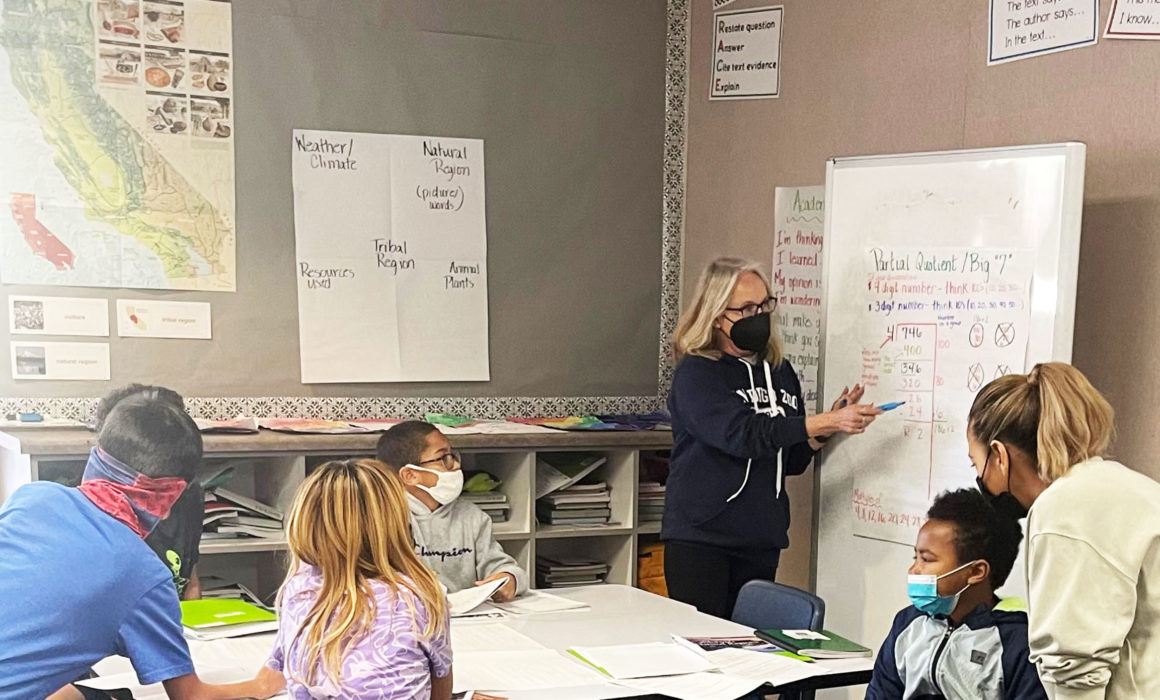
School staff typically return from winter break feeling refreshed. But this January, educators found themselves amid the biggest COVID-19 surge yet. At some sites, the virus was rampant and staff shortages were widespread.
In our continuing series, we capture various experiences of teachers around the state — snapshots of educators surviving the chaos with help from their colleagues, friends, families and unions.
“We felt like no one was listening and all hell was breaking loose. We had to do something.”
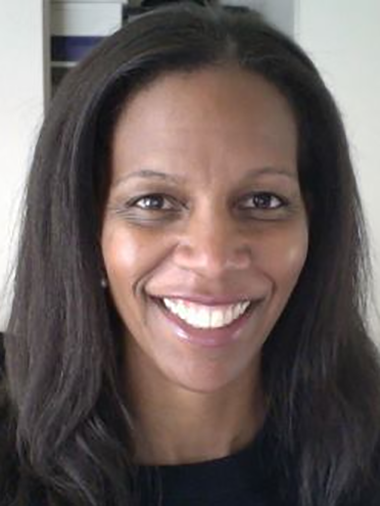
Rori Abernethy
Math teacher at James Denman Middle School
United Educators of San Francisco
Things were challenging before winter break. Kids were dealing with a lot of grief, anxiety and stress. On top of that, staff were leaving. On the Wednesday before the winter break, three math teachers — half the math department — left. Another math teacher had left in October. Some retired. Some needed medical accommodations. Others wanted to get out of the classroom because they didn’t feel safe.
Our principal and vice principal sub every day in the classroom, or they’re sending kids to the library because there are not enough teachers to teach them. Sometimes half the kids are at home quarantining. I try to help them keep up and reconfigure lessons for them on Google Classroom. Nobody is calling it hybrid instruction, but that’s what it is.
The district told all the teachers to get tested before school started in January, but there were no rapid tests available, and the lines to get tested were out of control. Meanwhile, our COVID sick days expired on Dec. 31.
Teachers in SF classrooms have daily “close contacts” with their students and must be tested if one of their students is positive. The district contracted with Color COVID Testing to test teachers who were considered a close contact. We had to go to different testing sites all over town, and most SFUSD testing locations closed before our contractual day ended. The district said we had to wear KN95 masks but didn’t give us any. Lots of teachers were getting COVID.
On Jan. 9, the testing company ran out of tests. On Jan. 10, the system crashed, and tests couldn’t be processed. So, people who had been tested for being close contacts were just sitting at home waiting for results for days, using their own sick leave.
Teachers and staff organized a sickout on Jan. 6. That’s because on Jan. 3 we had 400 educators out. On Jan. 4 it was 600 educators, and on Jan. 5, 700.
The sickout received national attention. UESF bargained with the district and got an MOU for all teachers to get weekly rapid tests, KN95 masks, and 10 days of sick leave retroactive to Dec. 21. I don’t believe that this would have happened without the sickout. We felt like no one was listening and all hell was breaking loose. We had to do something.
“I kept thinking, ‘When is anybody going to step in and do something?’ Then it hits you that nobody is coming and we are just going to ride this wave till the end.”
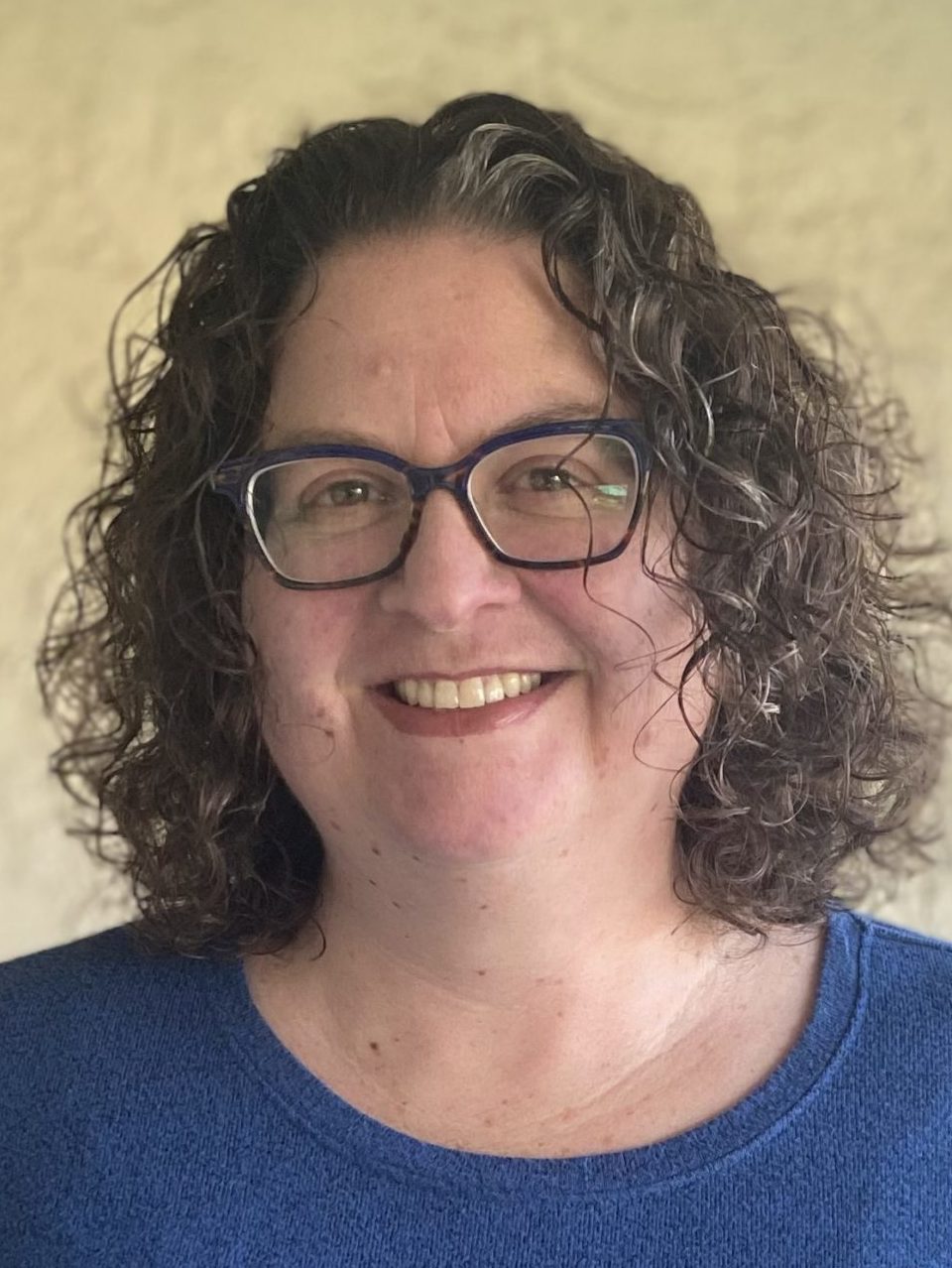
Mara Harvey
Social studies teacher at Discovery High School
Natomas Teachers Association president
I am at home with COVID. I caught it at school. My husband and our two children — a ninth and fourth grader — also have COVID. We are all fully vaccinated. We have been terribly lucky; our family has handled it well.
The best way to describe the return from winter break is surreal. The speed at which the spike hit was frightening. We were way over the numbers that closed down the schools at the start of the pandemic. In some classes, half of my students were missing. Some were home due to COVID, others because they may have been exposed or their parents may have just been keeping them home. Some of my students were really sick and were still expected to keep up.
I used Google Classroom and the Go Guardian program, which allowed us to have direct contact with students quarantining. I made myself available to students on Zoom independently if students needed it.
I kept watching the news and seeing COVID numbers go up. I kept thinking, “When is anybody going to step in and do something?” And then it hits you that nobody is coming and we are just going to ride this wave till the end. As president of the association, in addition to teaching, I had to be in constant contact with teachers to make sure they had the safest environment possible and that our safety agreements were being maintained.
Then I got COVID. I’m still communicating with my substitute and posting things on Google Classroom. Part of being a teacher is that you never stop — even when you’re sick — because you don’t want your students to fall behind. My colleagues have brought work to my doorstep so that I don’t get too far behind.
I’m incredibly proud of all the frontline people who have been keeping our schools running despite these challenges. We have all come together — teachers, nurses, counselors, social workers, speech therapists and others. It’s been exhausting, but it’s also been amazing to see how people have supported each other.
“I think I’m going to be white-knuckling it
until June.”
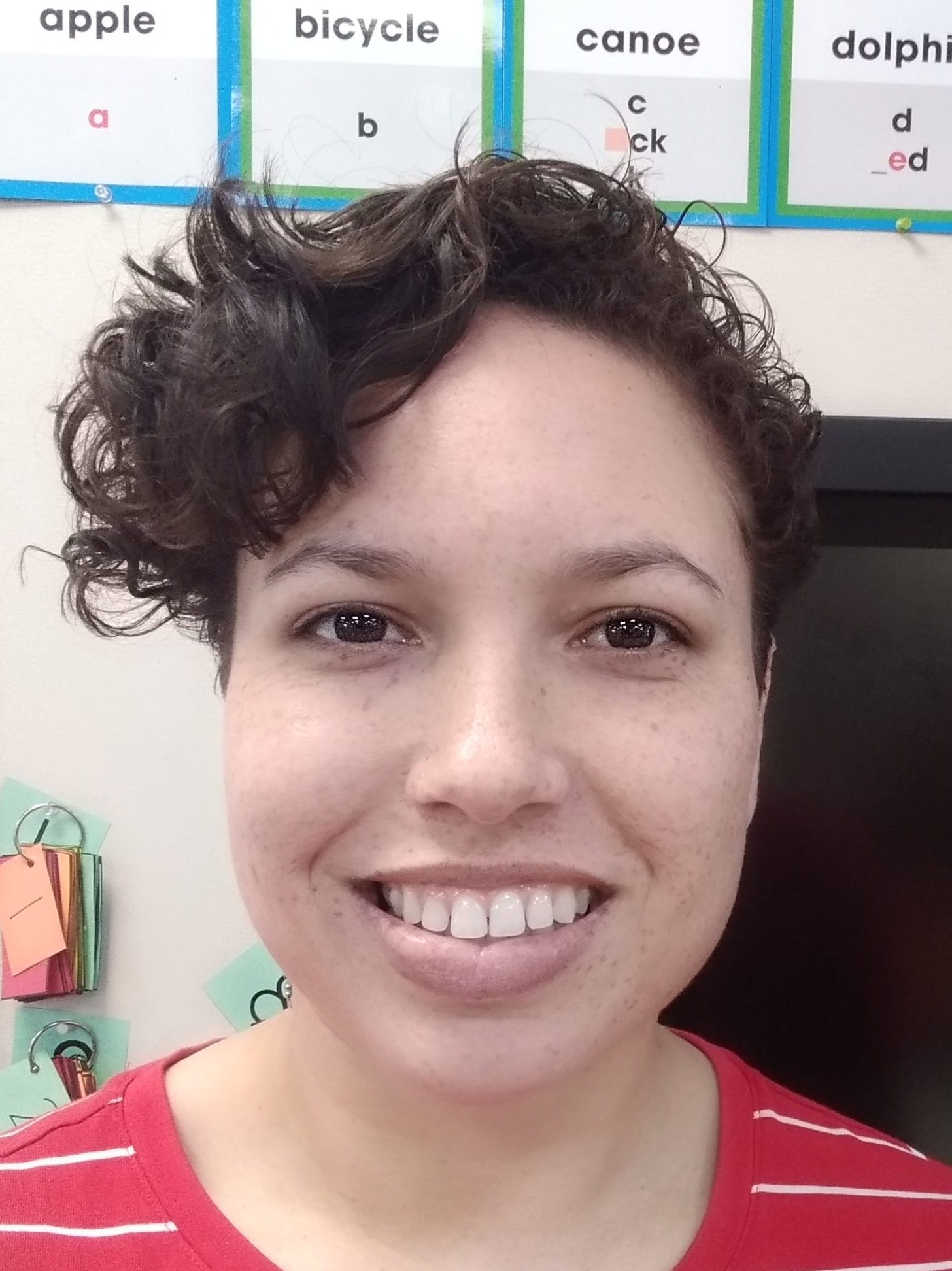
Shannon Barnes
Kindergarten teacher at Douglas K. Fletcher Elementary School
Bakersfield Elementary Teachers Association vice president
It’s been really chaotic since vacation, with 25 to 35 percent of the staff out this week. We’re talking about cafeteria staff, janitors and ESPs. Before COVID you might have three or four teachers out on a given day. On Friday, we had 15 teachers out. Some have compromised immune systems; some have COVID; others are taking care of family members with COVID.
There are not enough subs. Our district office is sending people to cover classrooms, but it’s not enough. Our principal has to plead for subs. They are sending anyone with a certificated position to schools including curriculum instructors, technology trainers, and anyone they can grab from the departments.
I’m taking extra students into my classroom. I have to keep track of where students are sitting in case we need to contact-trace them. I’m also doing an independent study option for kids who are quarantining at home. Per an MOU with the district, I’m doing live interaction for 30 minutes and providing students with asynchronous work on Google Classroom after my in-person students leave for the day.
At some of our schools, entire classrooms are home quarantining. Some kids haven’t gotten their return dates scheduled yet by the district’s care team because things are so backlogged. We had 37 cases before winter break, and this last week we had 416 cases. I get potential COVID exposure letters two to three times a week. But the district is pretending that things are normal and telling us literacy assessments are due. At what point can we not worry about collecting data and focus on doing the best we can?
We don’t have enough prep time anymore, so it means extra work on weekends and after school. We used to just drop students off in the lunch line and leave, but now we help them get their food, get them seated, and make sure they sit on their assigned “number spot” for social distancing, in case we have to do contact tracing from the cafeteria.
Every time I hear a cough or a sniffle I’m wondering, “What do I do now?” I’m trying to keep things as normal as possible for students. But I think I’m going to be white-knuckling it until June.
“Who knew I was going to become
a contact tracer?”
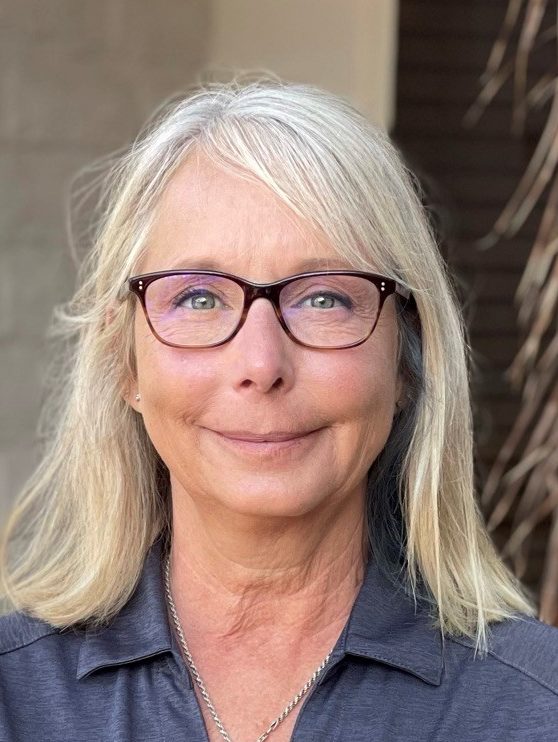
Amy Eytchison
Fourth grade teacher at Temecula Elementary School
Temecula Valley Educators Association secretary
It’s unsettling. We’ve done so much work to try to avoid COVID for so long, and now it’s everywhere. When I came back from winter break, half my class was out. For me, it’s a balancing act between teaching in-person students and making sure those who are quarantining at home are getting their online independent work done so they don’t fall behind. You feel like you’re never doing enough. The burnout is real for everyone, the parents and kids included.
The rules for what counts as exposure are ever-changing. I can’t even keep up with all the changes. Who knew I was going to become a contact tracer? In the beginning, to qualify as being exposed, the student had to be closer than 6 feet for 15 minutes to the infected student — which, really, who can remember? Now, if a student shows up with a runny nose, I have to send them to the office, and then they are sent home.
Our district has been trying to help. They pay for testing. We put our rapid tests in a bucket, and they pick it up twice a week. They have also taken away some of our professional learning communities and staff meetings. Unfortunately, it doesn’t feel like it’s enough. The continued loss of prep really affects your planning, which in turn affects your teaching.
We have people who come to our school board meetings who are not from the area. They say that our school board members are “possessed by the devil” because they are requiring that students wear masks. At meetings they pray for the board members to lift the mask mandate. It’s surreal.
We have many new members at our site. As an executive board member, I feel I should be reaching out and helping them more. But it’s hard to help others when you feel so overwhelmed yourself.
“Despite COVID, teachers are making sure students are getting a top-notch education.”
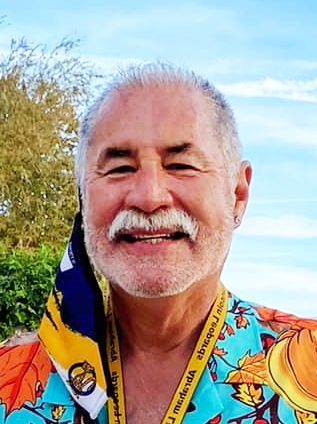
David A. Sanchez
Substitute intervention teacher for Abraham Lincoln Elementary School in Palm Desert
Retired CTA president
Students ask, “What will we do if we get sick — or Mom and Dad get sick?” I reassure them that there are doctors and medicine that will help.
Last week, there were only eight kids in the classroom, and there are normally 24. This week, some of the kids are coming back. Everybody’s doing everything they can to keep their hands washed and their masks on. Teachers are wearing KN95 masks.
I was motivated to sub because I missed being in the classroom and being around elementary school children. Being in CTA leadership took me away from that for 15 years.
There is such a shortage of subs that it’s unbelievable, and I’m glad to be helping. Schools are grateful for subs willing to take on the challenge right now and fill in during this state of emergency. Everybody is worried that there might be a new variant. Teachers are worried, but they are doing everything they can. Despite COVID, they are making sure students are getting a top-notch education. It’s not easy, but they are doing a great job.
“It felt like we’d entered
the Twilight Zone.”
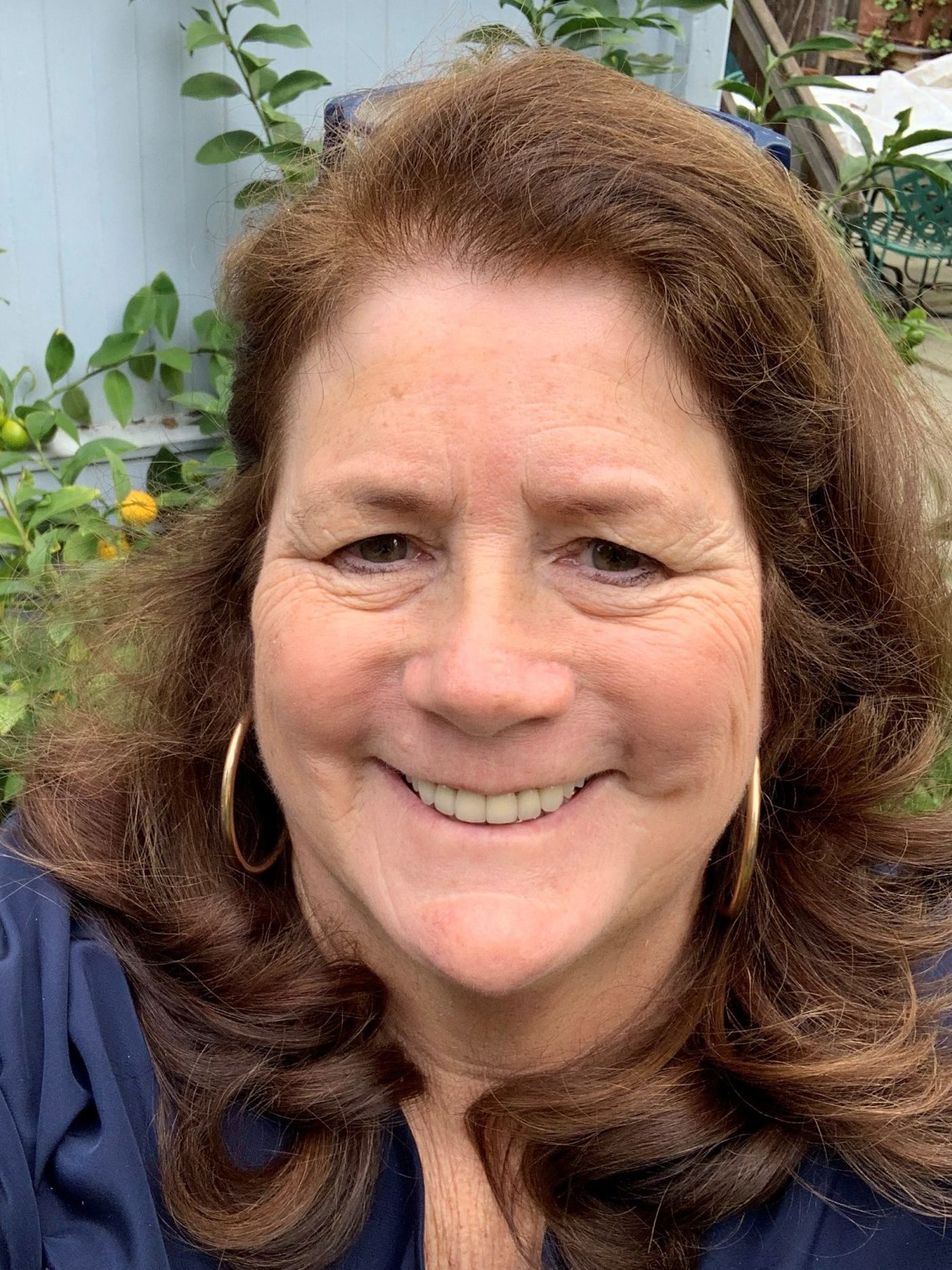
Mary Walsh
Math teacher at Hayward High School
Hayward Education Association vice president
Normally, the first day back after winter break, we have nearly 100 percent attendance, but on Monday, Jan. 3, 30 percent of students were out. By Friday, there were less than 50 percent of students in attendance. It was a shocking progression — and not just at Hayward High, but throughout the district.
There has been voluntary testing in the student parking lot twice a week since the start of the school year. Before winter break, you might have two or three people in line, but since our return on Monday, the line went from the parking lot to the street and down the block. It felt like we’d entered the Twilight Zone.
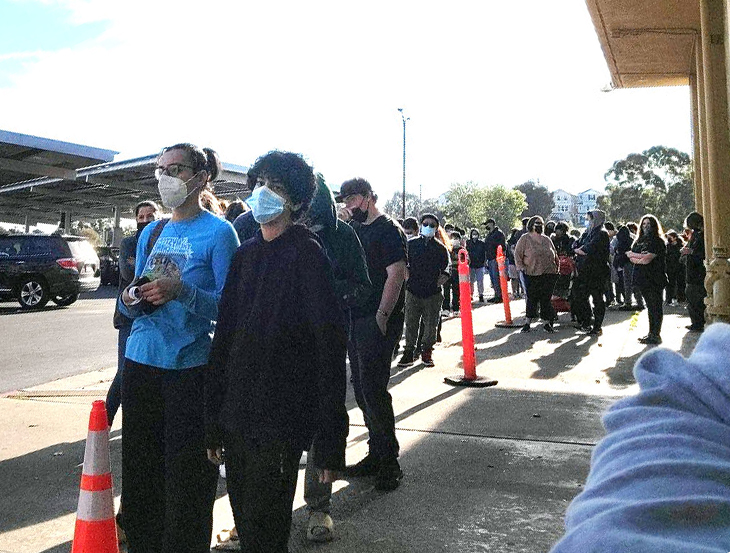
Hayward High’s line for voluntary COVID testing.
I had a student ask to use the bathroom, and when he came back, he handed me something. I realized it was his rapid response COVID test. The student asked, “Am I positive?” and indeed he was. I must have washed my hands for 20 minutes.
Imagine having a special education class with paraeducators absent. Some of our students with special needs require bathroom assistance. We were in dire straits without enough substitutes. We had six classes in the cafeteria with administrators watching students because of the lack of substitutes.
In mid-January our school board held an emergency online meeting attended by more than 2,200 parents, and made the decision to return to virtual learning and independent study for one week. This provided 10 days (including the Martin Luther King holiday) for students and staff to go through quarantine period and to get more control of the situation.
Parents wanted this. Parents who wanted their children back in school were now saying, “Close it down and give us a chance to slow down the spread of the virus.” During the week of online learning, my student attendance was back up to nearly 100 percent. Learning was taking place.
State leaders are threatening our district with a huge financial loss because we went virtual, but the situation was so dire, we had no choice. We feared for the safety of our children and staff. I don’t think the state Legislature has a pulse on what the public wants and what is happening during this surge. Legislators aren’t in the trenches with us.
I am getting through this with the support of my union. HEA has been there for members who call to ask questions or need support. We publish a Friday Follow-up weekly for members to stay informed. We are there for one another, and we will get through this together.
The Discussion 0 comments Post a Comment